Cultivating a Bee-Friendly Garden: Attracting Pollinators with Blooms and Habitat
Creating a bee-friendly garden is not only beneficial for bees and other pollinators but also contributes to a thriving ecosystem, improved crop yields, and vibrant garden blooms. By providing a diverse range of nectar-rich flowers, nesting sites, and pesticide-free environments, you can attract and support pollinators while enhancing the beauty and productivity of your garden. Follow these steps to cultivate a bee-friendly garden and welcome pollinators into your outdoor space:
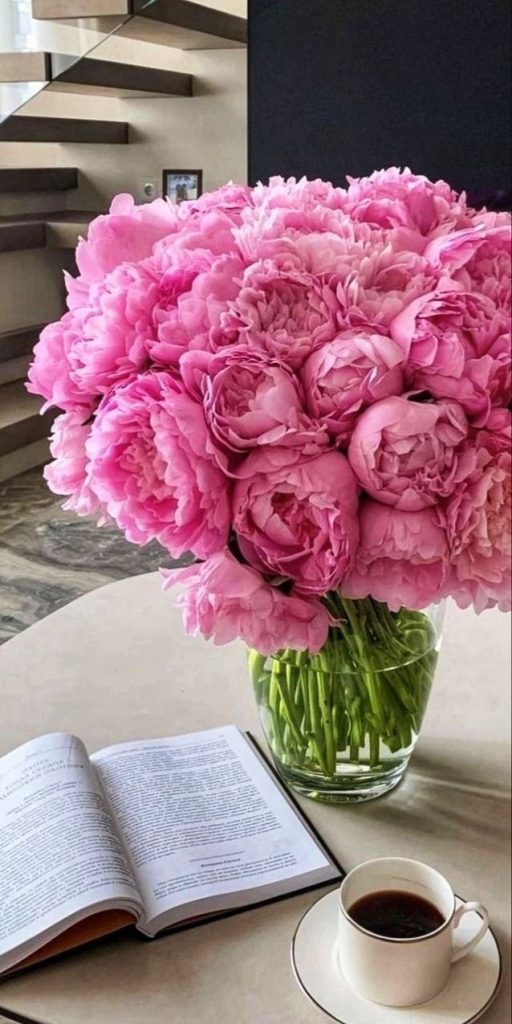
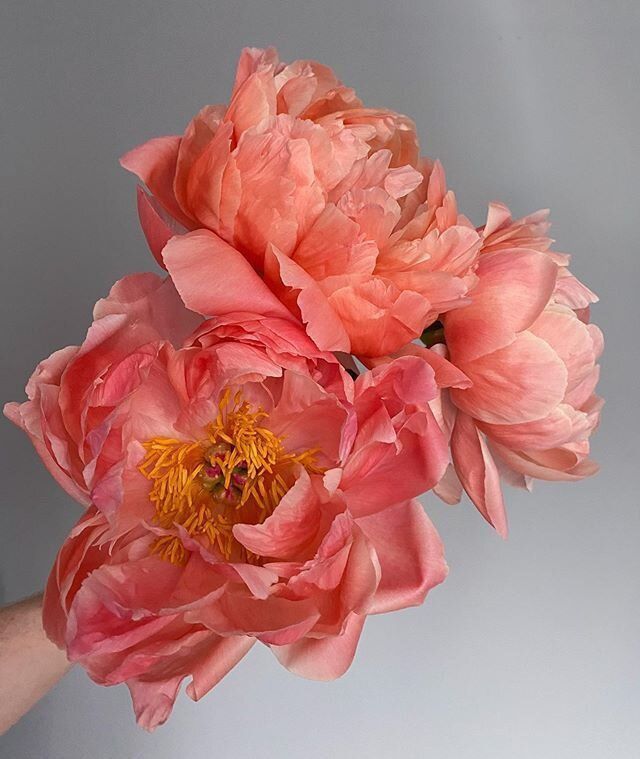
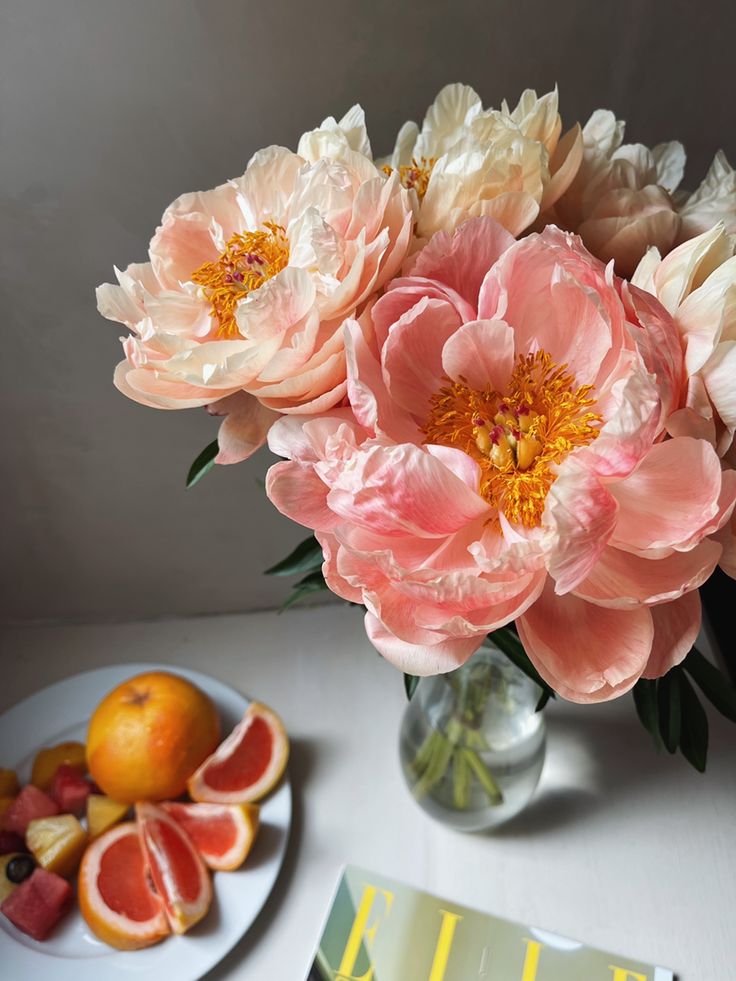
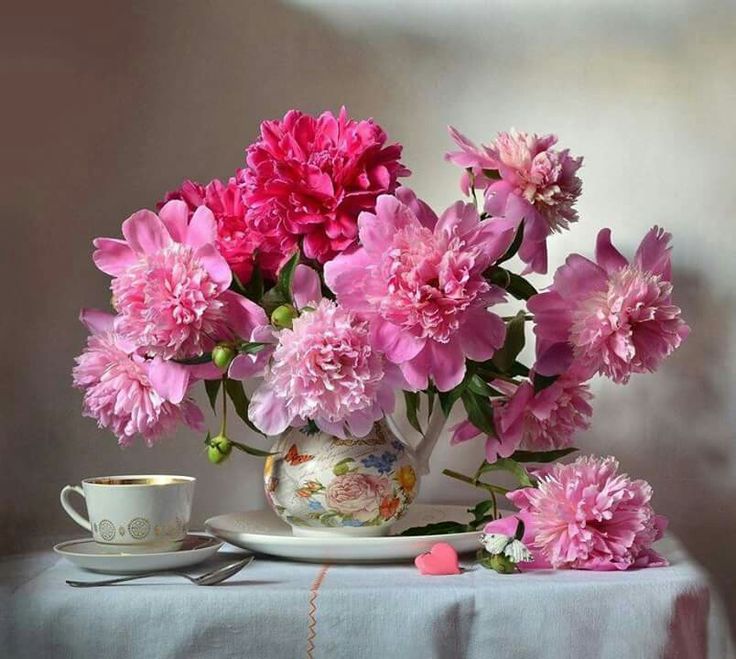
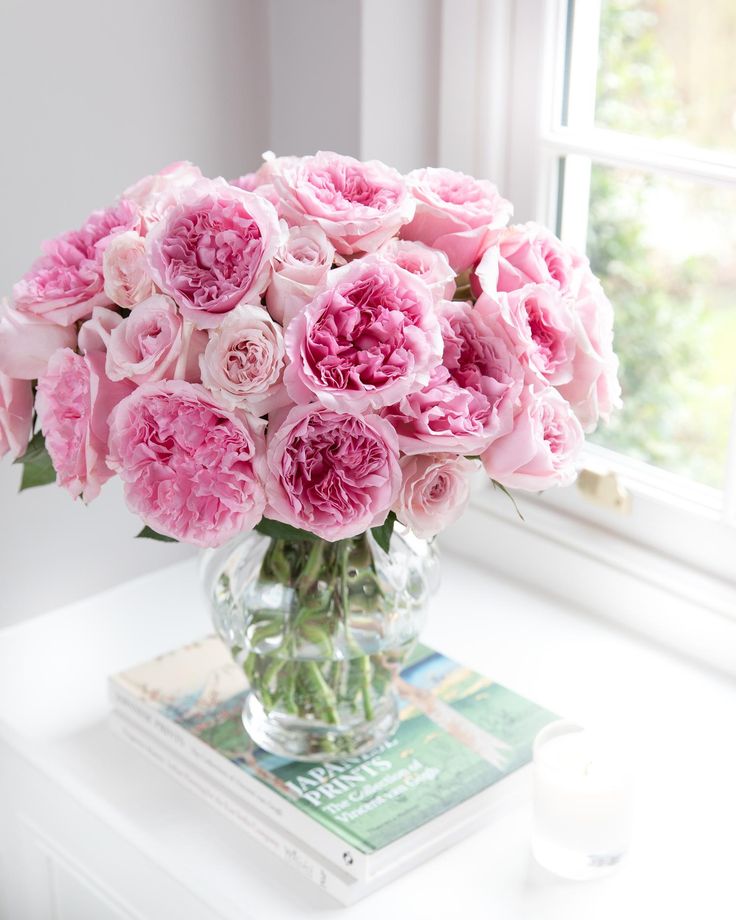
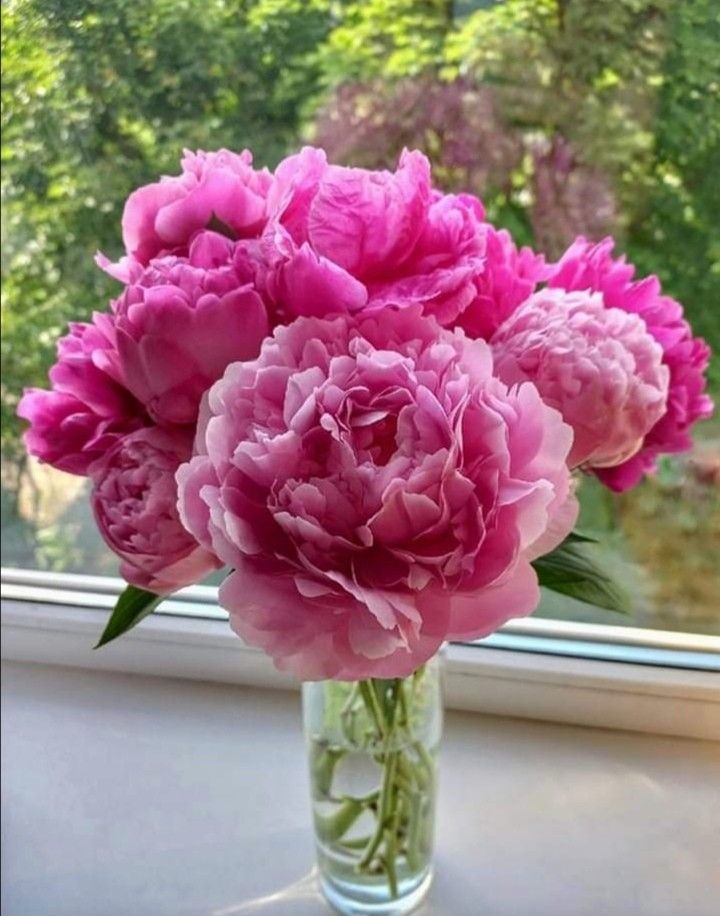
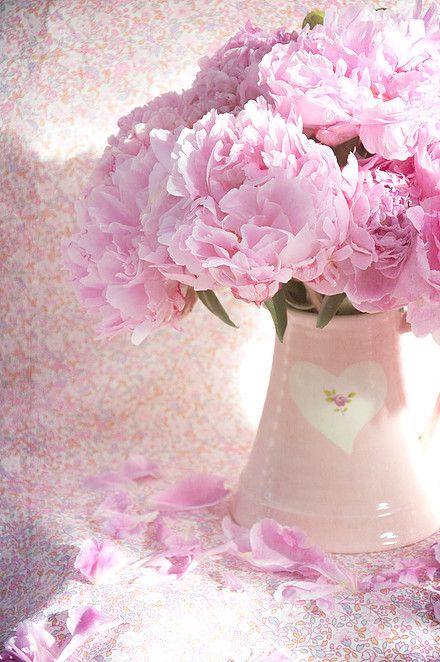
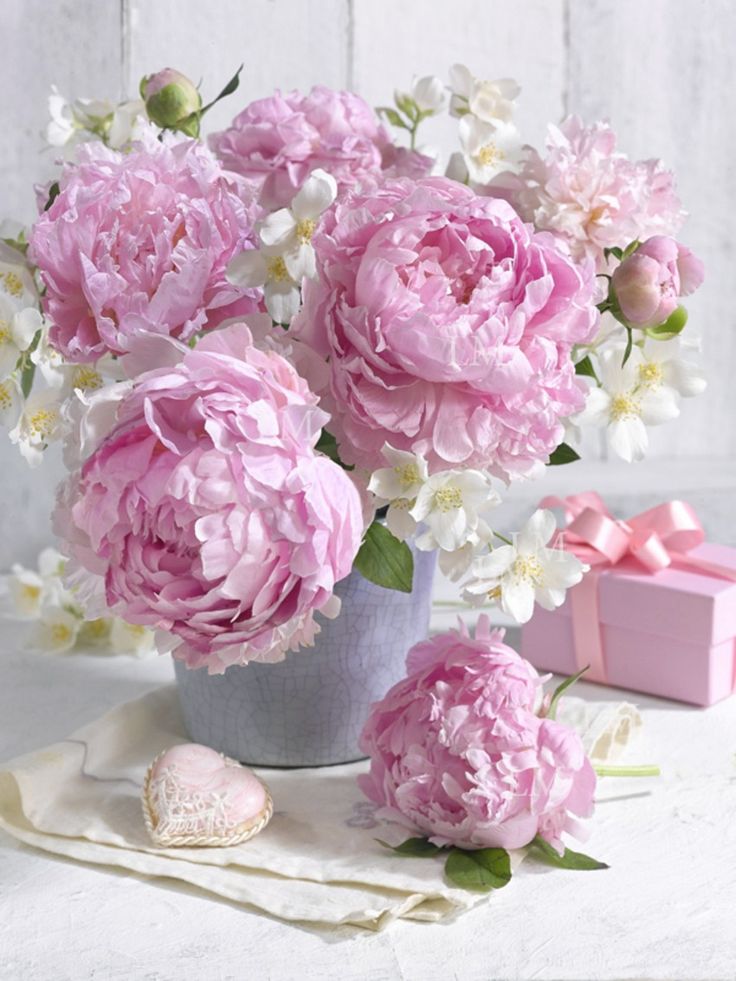
1. Select Bee-Friendly Plants
- Choose Native Plants: Select a variety of native flowering plants that are well-adapted to your local climate, soil, and growing conditions. Native plants provide a familiar food source for local pollinators and support regional biodiversity.
- Opt for Blooms with High Nectar Content: Choose flowers with open, tubular, or flat blooms that are rich in nectar and pollen, such as lavender, sunflowers, coneflowers, bee balm, salvia, and aster. Plant a mix of flowers with different bloom times to provide continuous nectar sources throughout the growing season.
2. Create Habitat and Shelter
- Provide Nesting Sites: Incorporate natural nesting sites for solitary bees, such as hollow stems, brush piles, or bee houses. Leave areas of bare or undisturbed soil for ground-nesting bees to establish nests.
- Offer Water Sources: Provide shallow dishes of clean water or a shallow birdbath with stones or floating vegetation for bees to drink and collect water for cooling their hives.
3. Avoid Chemicals and Pesticides
- Limit Chemical Use: Minimize or eliminate the use of synthetic pesticides, herbicides, and fungicides in your garden to protect pollinators from harmful chemicals. Opt for organic pest control methods and cultural practices to manage pests naturally.
- Choose Organic Products: Use organic fertilizers, soil amendments, and pest control products to maintain soil health and support beneficial soil organisms without harming pollinators.
4. Plant for Diversity and Seasonal Blooms
- Create a Diverse Landscape: Plant a diverse range of flowering plants with different colors, shapes, and sizes to attract a variety of pollinators, including bees, butterflies, moths, and hummingbirds.
- Plan for Seasonal Blooms: Incorporate early spring, summer, and fall-blooming flowers into your garden design to provide nectar and pollen sources throughout the entire growing season. Include bulbs, annuals, perennials, and shrubs for continuous blooms.
5. Maintenance and Monitoring
- Regular Maintenance: Maintain a weed-free garden by hand-weeding or using mulch to suppress weed growth without the need for herbicides. Deadhead spent flowers to encourage continuous blooming and remove potential breeding grounds for pests.
- Monitor Pollinator Activity: Observe pollinator activity in your garden and take note of which plants are most attractive to bees and other pollinators. Adjust your garden design and plant selection based on pollinator preferences and behavior.
Conclusion
Creating a bee-friendly garden is a rewarding and essential step towards supporting pollinators, conserving biodiversity, and promoting sustainable gardening practices. By selecting bee-friendly plants, providing habitat and shelter, avoiding chemicals and pesticides, planting for diversity and seasonal blooms, and maintaining a healthy garden environment, you can attract a diverse array of pollinators and contribute to the health of local ecosystems. Embrace the beauty and importance of pollinators in your garden, and enjoy the sight of buzzing bees and flourishing blooms throughout the seasons.
FAQs (Frequently Asked Questions)
- What are some additional bee-friendly plants I can incorporate into my garden?
- Additional bee-friendly plants include bee balm, borage, catmint, cosmos, echinacea, foxglove, globe thistle, goldenrod, hyssop, lantana, milkweed, penstemon, phlox, Russian sage, sedum, and yarrow. Choose a mix of annuals, perennials, and herbs to provide diverse nectar sources.
- How can I attract other pollinators, such as butterflies and hummingbirds, to my garden?
- To attract butterflies, plant host plants for caterpillars and nectar-rich flowers for adult butterflies. Incorporate larval host plants like milkweed for monarchs and parsley for swallowtails. To attract hummingbirds, plant tubular flowers in shades of red, orange, and pink, such as bee balm, salvia, trumpet vine, and fuchsia. Provide perches and shallow water sources for hummingbirds to bathe and drink.